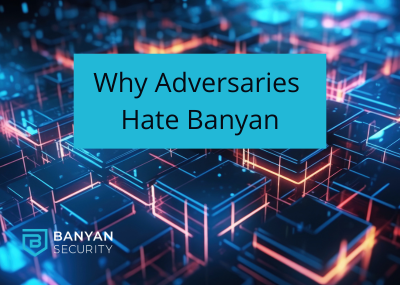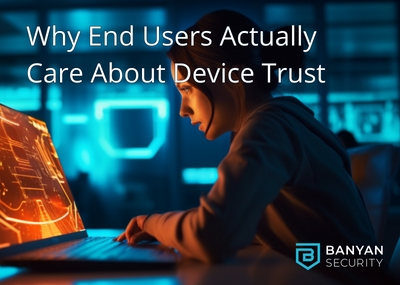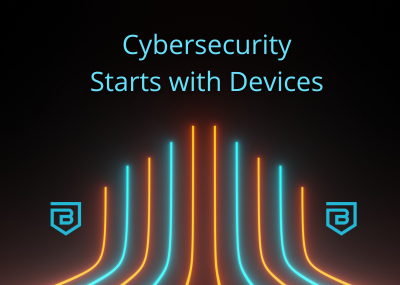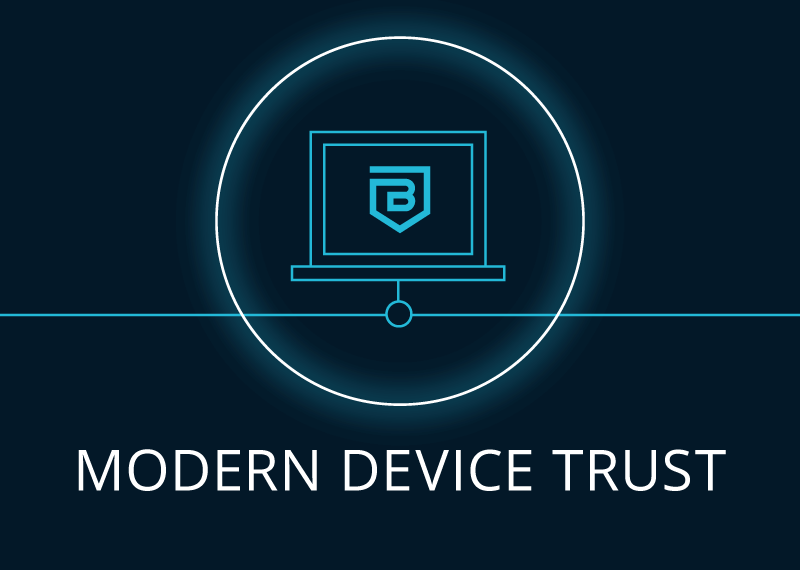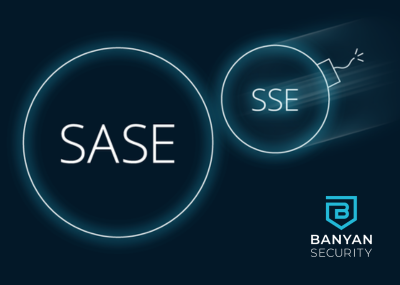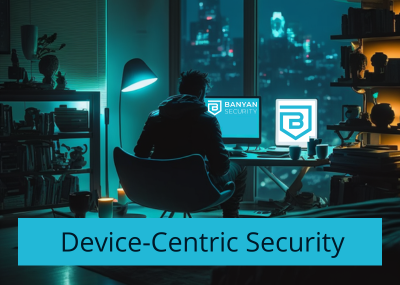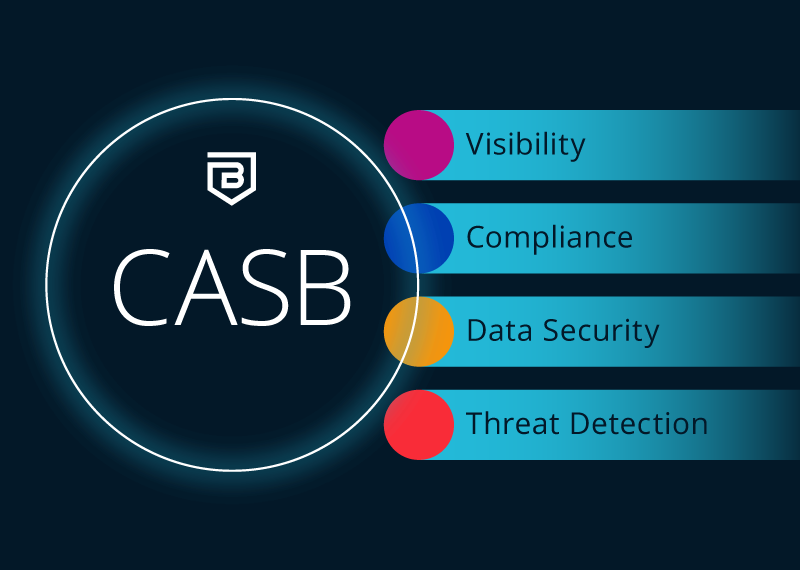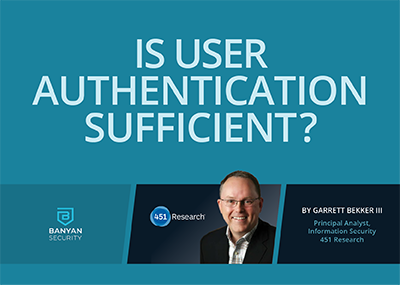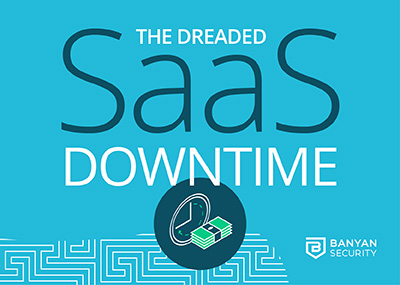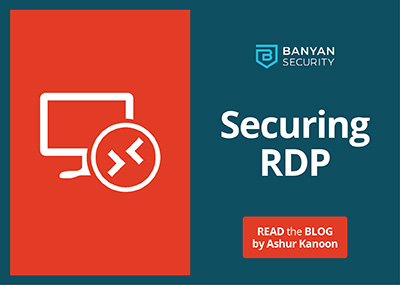Banyan Security’s mission has been the same since day one; enable the modern workforce to securely, safely, and easily access the applications and services they need, while working from anywhere. This means the good guys get access to what is needed, and the adversaries get access to nothing.
Improving Legacy Technology
Having a device with low trust levels looks like this: any place you visit, and then access the network is a nexus from which serious issues can spread. And with the right amount of logging and forensic information, the issue can be traced back to you.
On April 4th, 2023, we announced our expanded device-centric Security Service Edge (SSE) solution. From company inception, we decided that an approach to access and security built devices outward provided the biggest advantage to our customers. In this blog, we’ll take a look at why we took a device-centric approach in architecture, and highlight some […]
Device trust has come a long way, and is evolving even faster, stimulated by integrations and vendors that are developing device-centric solutions. But it wasn’t always this way… in the early networking days, a device that didn’t have a user (for example, a printer) would be put on a segmented network that wasn’t even secured. […]
If it were an arm-wrestling match, it’s possible that Secure Access Service Edge (SASE) would beat Security Service Edge (SSE) if measured by bulk force alone. But if you’ve ever watched arm-wrestling (or any kind of wrestling), sometimes power and agility count for more than size and weight. In fact, in the last quarter of 2022, SSEs […]
Compare sitting at a desk today to sitting at a desk five or ten years ago; the way we work and access information has drastically changed. Employees may or may not be at their desks in a centralized office, working on desktop computers connected to a secure network. Instead, they work from multiple locations using […]
The CASB, or Cloud Access Security Broker, was born out of necessity in response to the rapid increase in use of cloud-based services and SaaS applications. Traditionally, organizations have protected their on-premises sensitive data with a combination of enterprise firewalls, identity, and access control solutions. However, those solutions can’t be used when the data lives […]
With IPSec, SSL, TLS, VPN, SDP, and ZTNA tunnels, it may sometimes become confusing to figure when to use which. IPSec was mostly used for site-to-site VPN and we’re going to focus on remote access. Clearly, there are different types of tunnels and different ways these tunnels are being configured. With most organizations looking at […]
Corporate employees are often required to do work that involves using publicly-accessible resources (e.g., Salesforce or a staging website), which go beyond the bounds of private network control. In light of the need to connect their workforce to these public SaaS applications, many organizations recognize the need for better security, visibility, and flexibility than legacy […]
The evolution of the cybersecurity market has been to a great extent driven by the “arms race” between attackers and security professionals. Each iterative advance by one group has typically been met by a counter-response from the other that attempts to circumvent or neutralize the advances, and so on. Rinse and repeat. A similar cat-and-mouse […]
The more prospects I talk to, the more I hear about the dreaded SaaS downtime. Downtime isn’t just an inconvenience. Organizations count on SaaS vendors to ensure certain levels of uptime, so that the organizations themselves can continue to run their business. So, what is a responsible SaaS downtime? Using the 99.999% standard, you’re looking […]
Remote Desktop Protocol (RDP) is a proprietary protocol developed by Microsoft which provides a user with a graphical interface to connect to a Windows-based computer over a network connection. The user employs RDP client software for this purpose, while the other computer must run RDP server software. Browser-based access is also supported, eliminating the need […]

